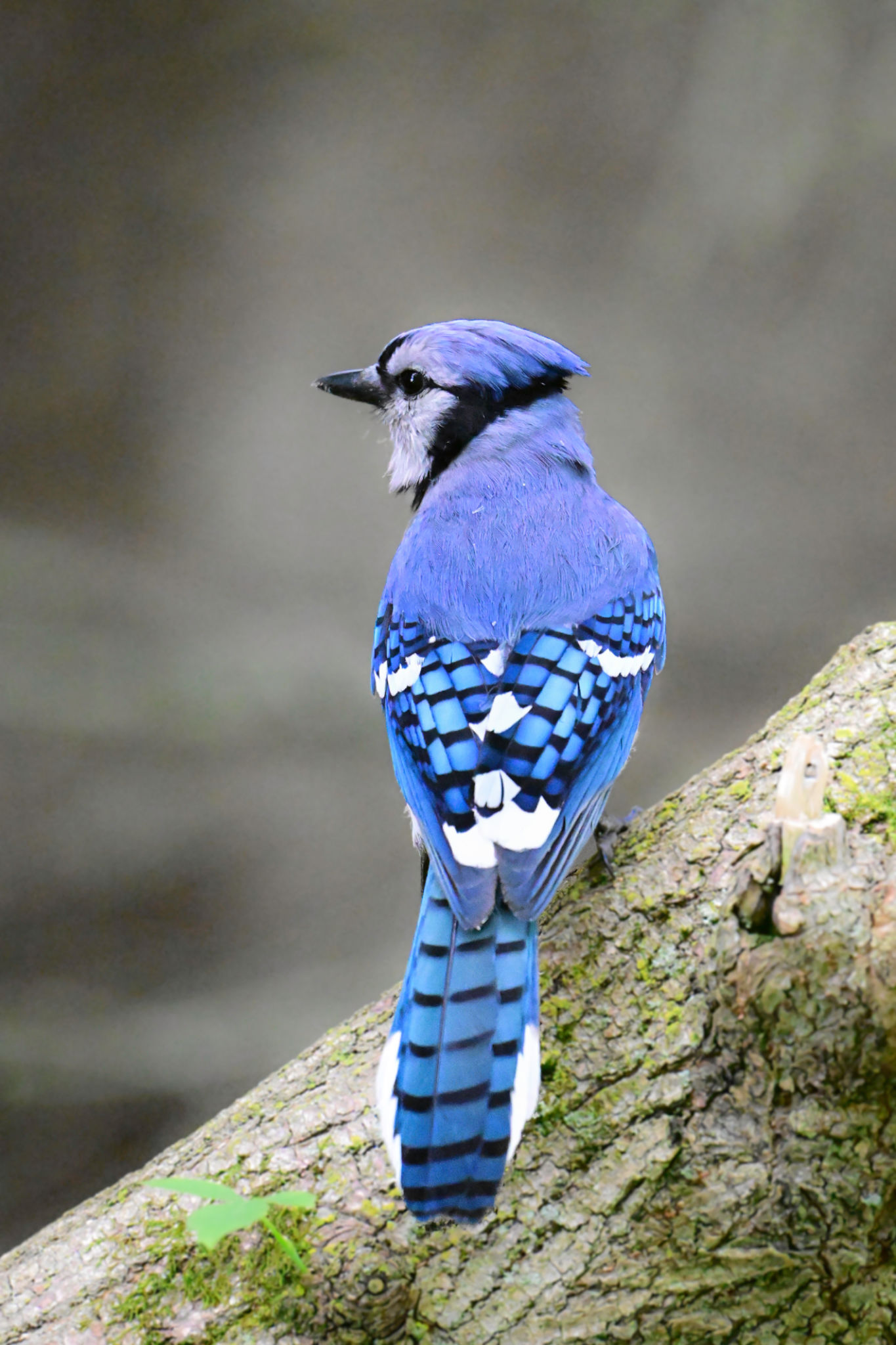Preparing Your Property for Seasonal Wildlife Changes
Understanding Seasonal Wildlife Changes
As the seasons change, so does the behavior of wildlife in your area. Animals may migrate, hibernate, or seek out new habitats, which can sometimes include your own backyard. Understanding these patterns is crucial for both protecting wildlife and maintaining your property. By preparing in advance, you can ensure a harmonious coexistence with the creatures that share your environment.

Assessing Your Property
The first step in preparing your property is conducting a thorough assessment. Look for potential entry points where animals might find shelter, such as gaps in fences or openings in attics and basements. Make note of any food sources that might attract wildlife, like pet food left outside or unsecured garbage cans.
Identifying Problem Areas
Once you've assessed your property, identify areas that could pose problems during seasonal changes. For instance, if you have a pond, it might attract migrating birds or other water-dependent animals. Similarly, dense vegetation could become a haven for small mammals seeking shelter from the cold.

Implementing Preventative Measures
After identifying potential problem areas, it's time to implement preventative measures. Start by sealing any openings that could serve as entry points for animals. Use durable materials that can withstand weather conditions and animal attempts to gain access. Additionally, consider installing motion-activated lights or sprinklers to deter nocturnal visitors.
Managing Food Sources
Wildlife is often attracted to easily accessible food sources. Secure garbage bins with tight-fitting lids and bring pet food indoors. If you have bird feeders, choose those with mechanisms that prevent larger animals from accessing the seeds. Keeping your yard clean and free of debris can also discourage animals from taking up residence.

Creating a Wildlife-Friendly Environment
While it's important to protect your property, creating a wildlife-friendly environment can be beneficial for both you and the animals. Consider planting native flora that provides natural food and shelter for local species. Installing birdhouses or bat boxes can offer safe nesting sites away from your home.
Encouraging Positive Interactions
Encouraging positive interactions with wildlife can enhance your experience of the natural world. Participate in citizen science projects that track wildlife patterns and contribute to conservation efforts. Educate yourself and others about the species common to your area and how best to support them responsibly.

Regular Monitoring and Maintenance
Finally, regular monitoring and maintenance are key components of managing seasonal wildlife changes on your property. Set aside time each season to inspect fences, repair any damage, and update your preventative measures as necessary. Stay informed about local wildlife activity by connecting with community groups or local wildlife agencies.
By taking these proactive steps, you can create a safe and welcoming environment for both your family and the wildlife that shares your neighborhood. Not only does this protect your property, but it also supports the health and sustainability of local ecosystems.